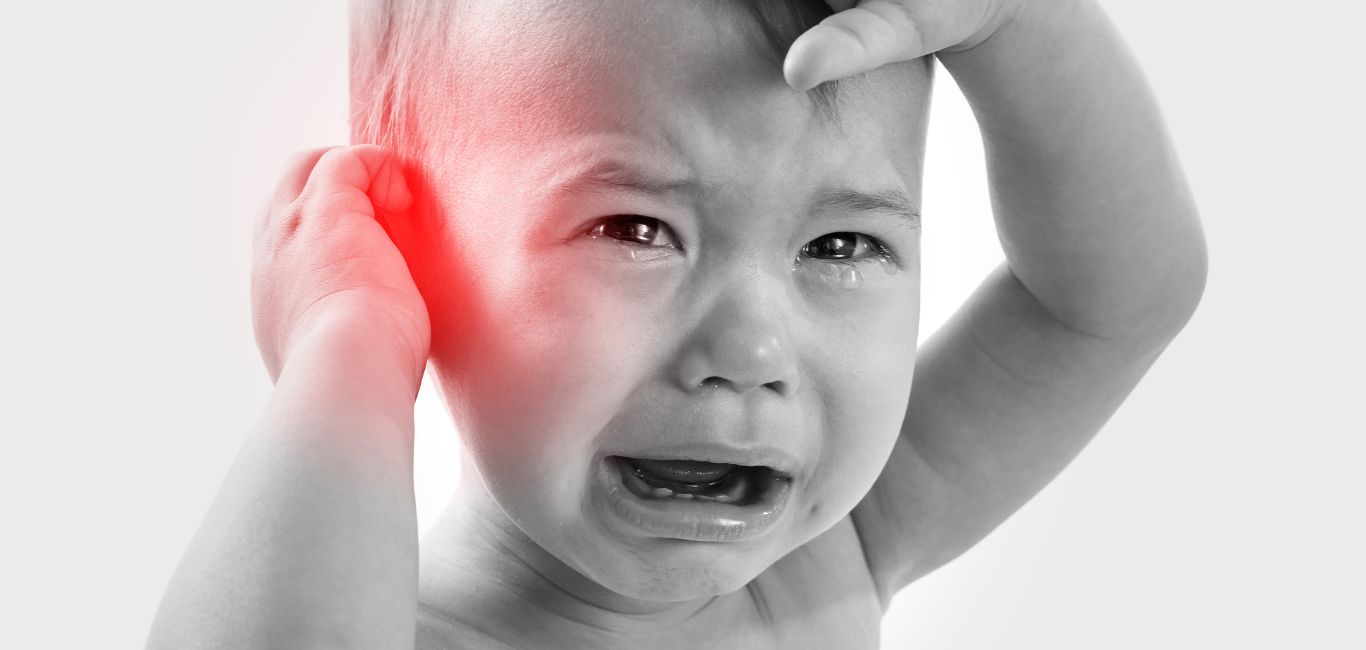
For Pavitra Mahesh, 22, a media and communication student in Bengaluru, it all started with a sore throat. “And, then an unbearable ear pain. I thought it would go away so I took a pain killer,” says Mahesh. But when she came down with a high fever along with severe ear pain, she consulted an ENT specialist. The root cause, the doctor said, was an ear infection.
The treatment and recovery took time. She took a three-day course of antibiotics prescribed by the doctor, but it did not help her much. She was then prescribed antiviral medicines that helped eliminate the symptoms. “It took me time to completely recover, but I gradually got better,” she says.
Understanding ear infections
According to Dr Devkumar Rengaraja, consultant ENT and skull base surgeon at Hiranandani Hospital, Mumbai, ear infections may arise from either bacterial or viral sources and affect the middle, outer, or inner ear. They can cause discomfort due to inflammation or fluid accumulation.
He says the condition might be:
- Acute, but painful. This may last for a short period.
- Chronic, which either persists or recurs multiple times. Chronic infections may lead to lasting harm in the middle and inner ear.
Symptoms
According to Dr Sangeeta Varty, consultant ENT, PD Hinduja National Hospital and Medical Research Centre, Mumbai, the symptoms of ear infection could include:
- Earache
- The need to tug or pull the ear
- Fever
- Dizziness
- Headache
- Difficulty sleeping
- Pus discharge
Causes
According to Dr Varty and Dr Rengaraja, the cause can be:
- Pricking the ear with a cotton bud or any other object that can lead to an injury, which can turn into an infection.
- Residual water inside the ear, which can lead to fungal infection.
- A runny nose, cold or an upper respiratory infection that can lead to a middle ear infection. The infection can reach the middle ear from the eustachian tube. There can be pus or mucus discharge and perforation in the eardrum.
Check out the anatomy of ear here.
Read more about middle ear infection (otitis media)
Treatment
According to Dr Sanjay Bhatia, senior ENT consultant at Fortis hospital, Mumbai, the treatment depends on the type and severity of the infection. Typically, topical antibiotic or anti-fungal ear drops or ointments and medicines are prescribed.
“Special tests for assessing the accumulated fluid in the ear is also done. In case of any ear discharge, culture and sensitivity assessment is done,” says Dr Girish Anand M S, consultant – ENT Surgery at Aster CMI Hospital, Bengaluru. It is also important to treat underlying issues, such as an upper respiratory infection.
Prevention
A few preventive steps advised by Dr Anand and Dr Bhatia are:
- Avoid exposure to excessive dust and cold air.
- Avoid use of cotton buds.
- Keep your ears dry.
- Do not neglect upper respiratory infections like cold, cough or sinusitis. Start treatment at the earliest to prevent the infection from spreading to the ear.
- Practise ear hygiene.
- Avoid oily and cold food.
Additionally, Dr Bhatia strongly cautions against using home remedies as they can worsen the condition. Instead, he suggests consulting an ENT specialist at the earliest.

















